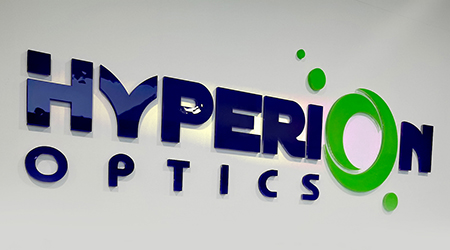In the process of plane planetary lapping, the uniformity of lapping disc wear is closely related to the lapping quality of optical lens. Based on the analysis of the motion law of optical lens in planetary grinding process, the calculation model of workpiece trajectory and velocity under differential gear train condition is established, and the simulation program of MATLAB is developed.
According to the spectral characteristics of colored optical glass, it can be divided into three categories.
1.1 Cut-off glass
The name of glass is expressed by the transmission boundary wavelength of glass, which is divided into five categories and 35 brands. For example, the transmission boundary of glass is 490 nm. For gold-yellow glass, it is JB490.
1.2 Neutral glass
Glass is named after the first letter combination of its Chinese phonetic alphabet. The serial number is expressed by the average transmission ratio of 400 to 700 nm when the thickness of glass is 2 mm. If the average transmittance of 2 mm thick glass is 70%, it is named ZAB70. There are 10 brands of this kind of glass, of which the wavelength ranges of ZAB65, ZAB30 and ZAB5 are 440-660 nm.
1.3 Selective absorption glass
According to the color or use of glass, it can be divided into 14 categories, totaling 72 brands. Glass is arranged by serial number, which has no special significance.
Combining with the production practice, the track and speed of workpiece movement under the condition of planetary gear train are simulated, and the influence law of the speed ratio of grinding machine on the wear uniformity of grinding disc is determined. When the speed ratio is I1 <-1.5, the trajectory of the optical lens is spread all over the lapping disc in a relatively short time, and the lapping disc is uniformly worn. The processing efficiency and quality are high. Based on the simulation results, high quality optical lenses with thickness consistency less than 0.002 mm and parallelism less than 0.002 mm were obtained by optimizing the process parameters.
 Call us on:
Call us on:  Email us:
Email us:  R&D Center: 9B-4F 401,No.1 Qingnian Road Liando U Valley,Yuhua International Wisdom Valley, Nanjing, 210039 China
R&D Center: 9B-4F 401,No.1 Qingnian Road Liando U Valley,Yuhua International Wisdom Valley, Nanjing, 210039 China









 English
English  cn
cn  de
de  es
es  fr
fr 


